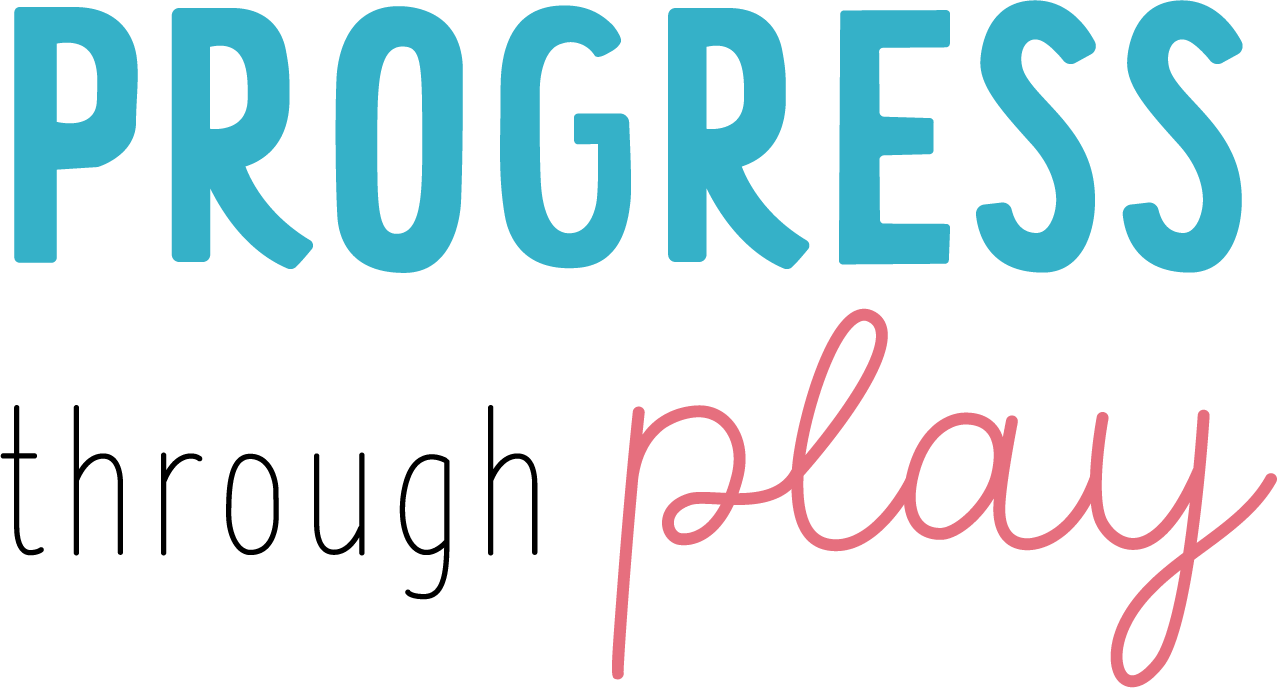Infant Head Shape: A Proactive Approach
As a pediatric physical therapist, I am constantly getting questions from parents about their infant's head shape and the use of corrective helmets. Oftentimes, parents are unaware of methods besides the helmet to help their little one’s head shape. But, GOOD NEWS - there are ways to be proactive to support healthy head shape development before reaching the point where a helmet might be considered.
Babies are born with soft, flexible skulls. This helps for two reasons. One, it makes it easier for them to maneuver out of the birth canal and two, it allows for changes during brain growth. However, this means their heads are susceptible to prolonged external forces, especially when a new baby has tightness in their body and is unable to move their head position easily. Oftentimes tension in babies is related to their position in the womb and how squished up their little bodies are. When they have difficulty moving in all directions it may cause them to hold their head in one position more than others. This can lead to more pressure on one area of the skull which leads to flattening in that area.
Varying your baby’s play position throughout the day can help. Tummy time not only strengthens neck, shoulder, and arm muscles but also gives the baby a chance to relieve pressure on their head.
Starting tummy time early, even for just a few minutes a day, can make a significant difference. In addition to tummy time you can help your baby lay on their side while you play, alternate the arm you use to hold them during feeding, and change the direction they face in their crib. These simple changes reduce the risk of developing flat spots by distributing pressure more evenly across their skull.
Monitoring your baby’s head shape can help catch any issues early which makes treatment easier. If you have any questions or concerns, reach out to a pediatric physical therapist near you. You don’t even need a referral from your pediatrician! Being proactive with a pediatric physical therapist can provide the right kind of exercises for your baby's needs, potentially eliminating the need for a corrective helmet. The most ideal time to intervene to correct head shape with conservative measures such as physical therapy is between 0-4 months (and treatment duration will be shorter the earlier you start!).


